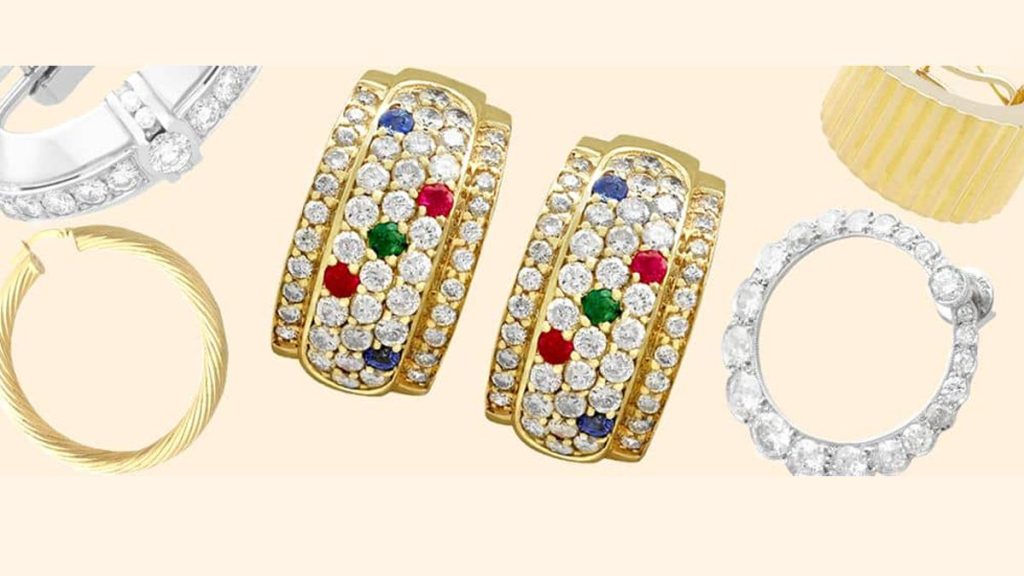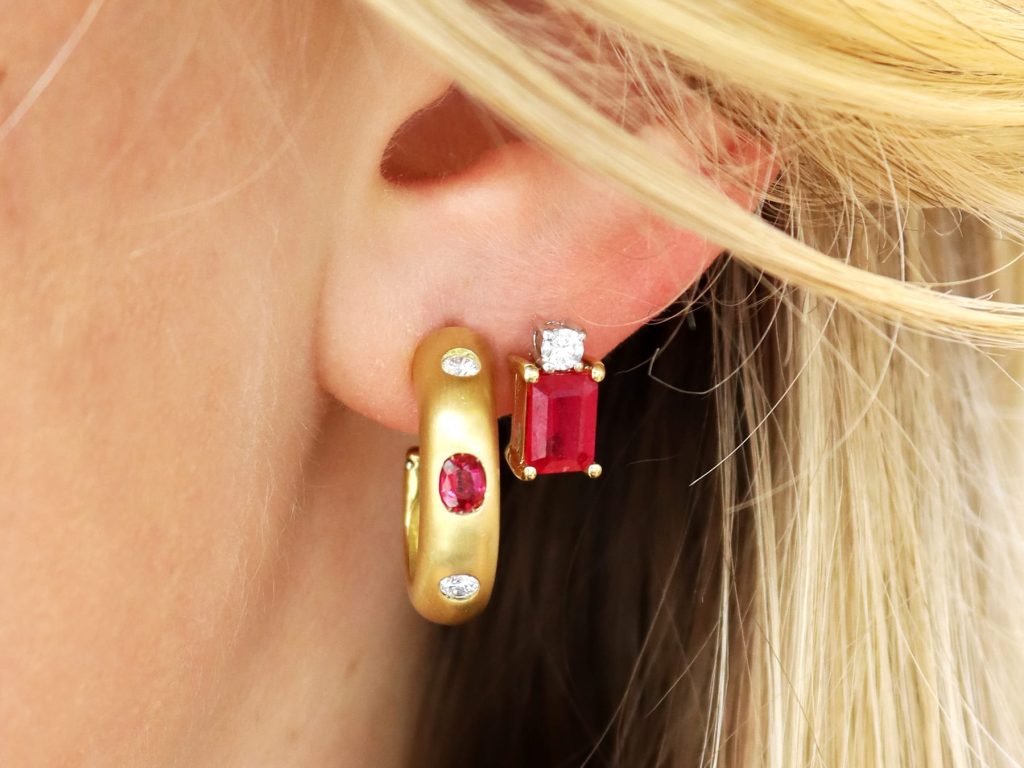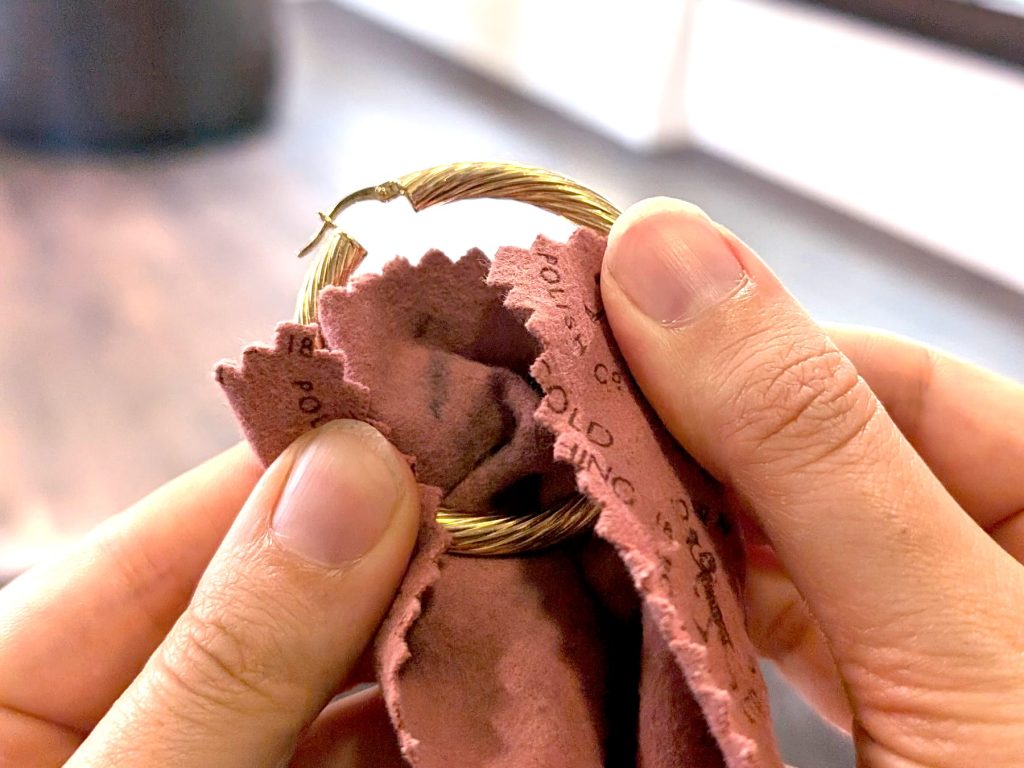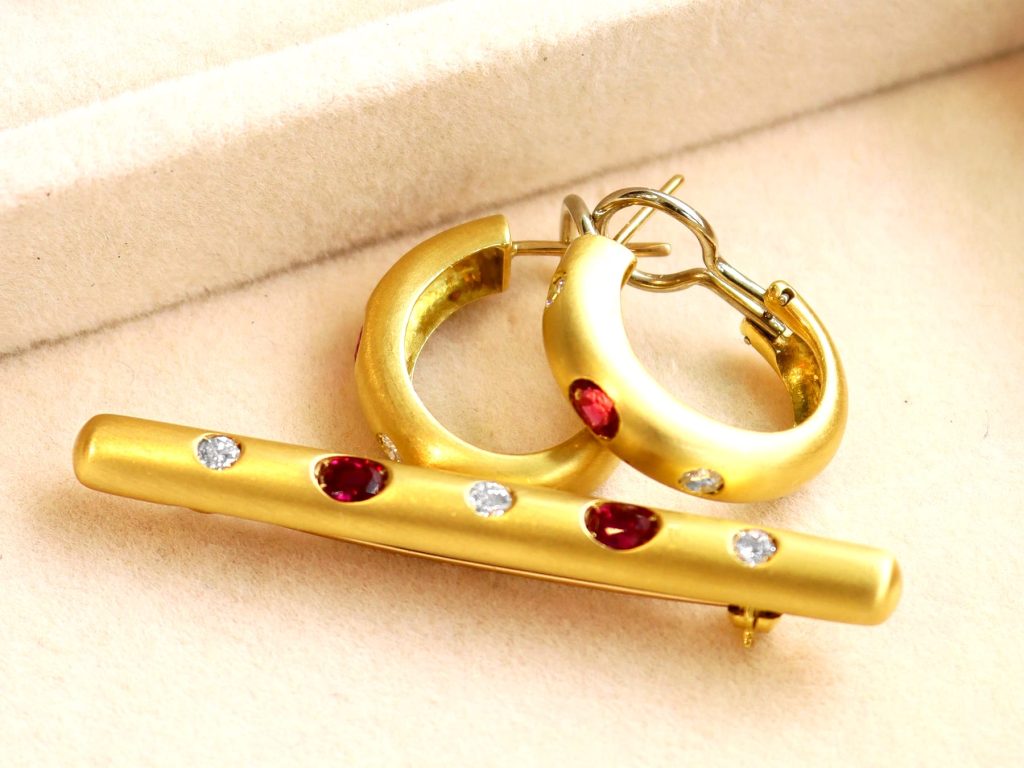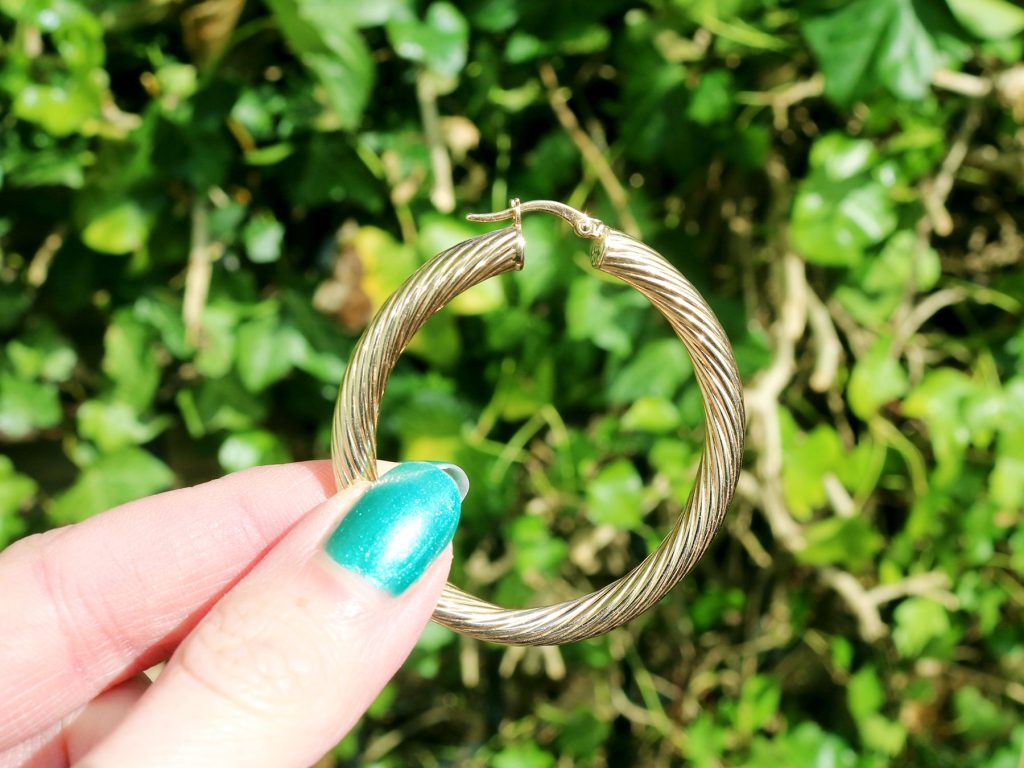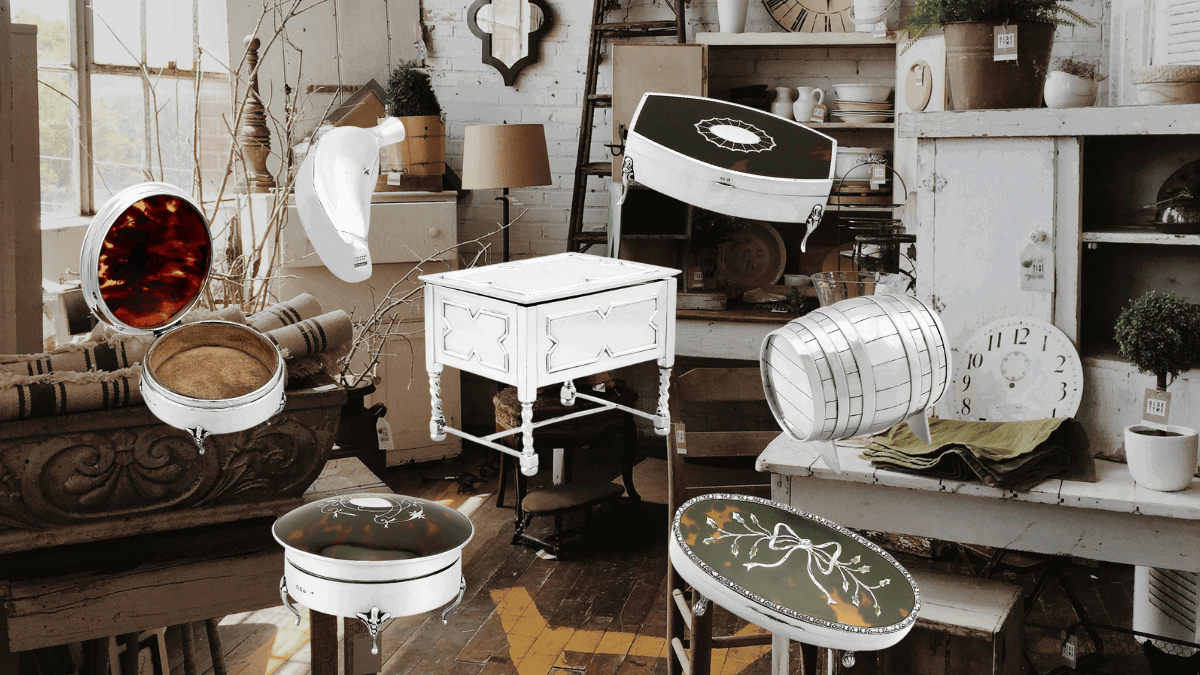Looking to add some elegance and sophistication to your look with a timeless accessory? Gold hoop earrings can be worn for special occasions or every day and keeping them in pristine condition will maintain their lustrous shine. It’s important to take care of our jewellery, so our precious pieces will last for decades to come and still look fabulous. Gold hoop earrings are no exception to this rule so we are sharing some of our best practices in how to maintain the quality of your gold hoop earrings. This easy-to-follow guide covers routine cleaning, proper storage and handling and protection tips, allowing you to preserve your favourite pair of gold hoop earrings and keep them a staple of your jewellery collection.
Cleaning Techniques: Safe methods for cleaning gold hoops
With frequent wearing and exposure to oils and dirt, over time gold hoop earrings may lose their lustre therefore its important to clean them correctly and regularly. Gold is delicate and needs to be treated with care, so here we have outlined the best methods specifically for gold hoop earrings, for both a quick polish and a more thorough clean. These will ensure your gold hoop earrings shine for years to come.
- Create a cleaning solution consisting of warm tepid water and soap, either dishwashing soap or baby shampoo.
- For as short amount of time as you can, dip the earrings in the solution just long enough for them to be cleaned and dirt to be removed.
- For any stubborn stains, gently rub the earrings with a clean cloth afterwards.
- Place wet earrings on a dry clean surface and dry them with a microfibre cloth such as a cloth for cleaning glasses.
- Leave the earrings to air dry for 30 – 60 minutes before putting them away.
- For shine and removing surface oils, use a polishing cloth after use, being gentle and careful not to snag on any gems.
Storage Solutions: How to store gold earrings to prevent damage
In order to maintain the longevity of your gold hoop earrings proper storage is required as the way they are stored can significantly impact their condition. To avoid scratches, misshaping or metal damage, we have listed some key ways to keep your gold hoop earrings from harm. Your earrings will be safe, beautiful and ready to wear when choose to wear them.
- A container away from dust, too much light, dampness or water is ideal as this will help to prevent oxidisation and tarnishing.
- Store in a box separate to other jewellery or in a jewellery box in its own separate compartment.
- You can use jewellery trees to store them on.
- Provided the earrings are not touching each other or are exposed to too much dust, you can use glass or wooden plates, bowls or slabs to store them.
- If the earrings arrived in a fabric pouch, keep them stored in that.
Avoiding Damage: Tips for wearing and handling gold hoops
Handling your gold hoop earrings, putting them on and knowing when to take them off are all important in sustaining the quality of your earrings. To help keep their shape and shine and to avoid the common issues of bending them, scratching them or damaging their clasps, follow these best practices to enjoy your earrings in their best condition for many more years.
- Put make up and cream on before your earrings.
- Use liquids such as hair spray, perfume or lotions before putting the hoops in as these can diminish the sheen of the hoops.
- Don’t wear hoops during any sports or exercise including swimming in either salt or chlorinated water – liquids in general are hard on the hoops.
- Avoid wearing while working in the garden or house.
- Remove hoops before going in the shower or having a bath.
- Remove your earrings before going to bed.
This style of earrings has been around for centuries and is available in so many designs in a range of metals featuring different stones. With the correct cleaning, storage and care your earrings will look good for many more years. Ultimately the best practices are to keep them stored separate from other jewellery and somewhere avoiding light, water and dust, keep them clean with a soap solution and avoid wearing them when in contact with liquids or when exercising, bathing or sleeping.

